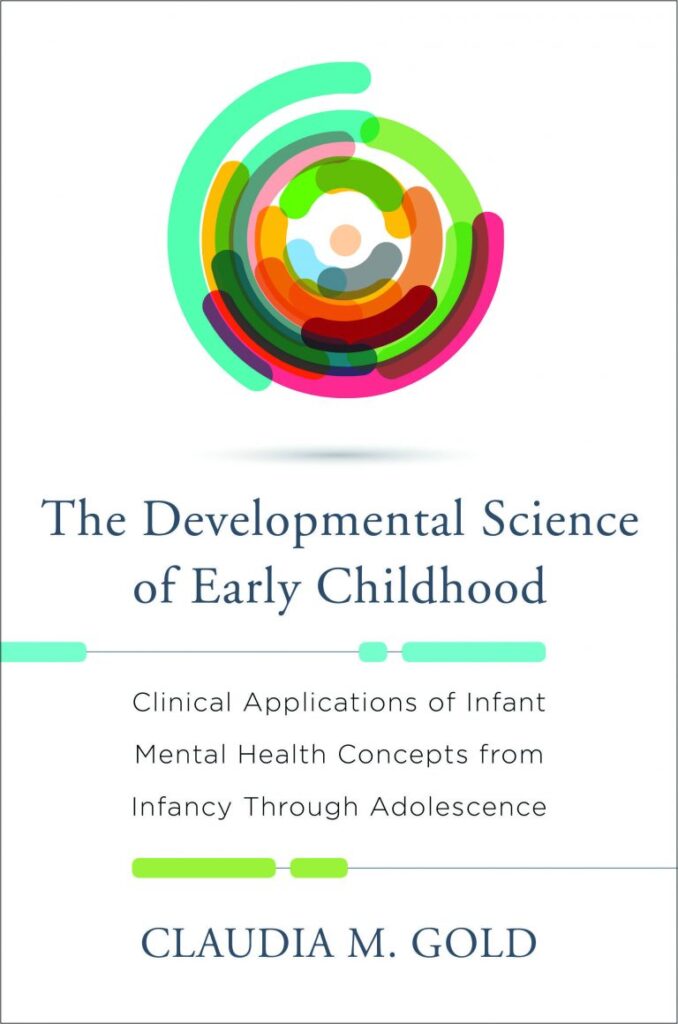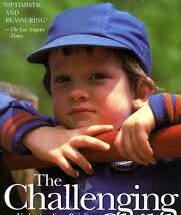
The Developmental Science of Early Childhood by Claudia M. Gold
Early childhood development is a critical period that shapes the future well-being and capabilities of children. In her insightful book, The Developmental Science of Early Childhood, Claudia M. Gold delves into the intricacies of this pivotal stage. This article explores the key themes and concepts presented in her work, providing a comprehensive overview for parents, educators, and policymakers.
The Importance of Early Childhood Development
Gold emphasizes the significance of the early years in human development. From birth to age five, children's brains develop rapidly, creating a foundation for lifelong learning, behavior, and health. Understanding the science behind these early years can help us support children more effectively.
The Role of Relationships
According to Gold, relationships are central to early development. Positive interactions with caregivers and other significant adults foster emotional security and cognitive growth. These relationships provide the context in which children learn to understand the world and their place in it.
Attachment Theory
A core concept in Gold's book is attachment theory. Developed by John Bowlby and Mary Ainsworth, this theory explains how secure attachments formed in early childhood can lead to healthy emotional and social development. Gold explores the various attachment styles and their long-term impacts on individuals.
Secure vs. Insecure Attachments
Securely attached children tend to have better outcomes in terms of mental health, relationships, and academic achievement. Conversely, insecure attachments can lead to challenges such as anxiety, depression, and difficulties in relationships. Gold provides strategies for fostering secure attachments, highlighting the role of consistent and responsive caregiving.
Strategies for Parents
Gold offers practical advice for parents to build secure attachments with their children. These include being emotionally available, understanding and responding to children's needs, and creating a nurturing environment. By implementing these strategies, parents can lay a strong foundation for their children's future development.
The Impact of Trauma
Gold discusses the profound effects of trauma on early childhood development. She explains how adverse experiences, such as neglect or abuse, can disrupt brain development and lead to long-term psychological and physical issues. Recognizing and addressing trauma early is crucial for mitigating its impact.
Types of Trauma
Trauma can take many forms, including physical, emotional, and sexual abuse, as well as neglect and exposure to violence. Gold explores how each type of trauma affects children differently and underscores the importance of early intervention.
Signs of Trauma in Children
Identifying trauma in young children can be challenging, but Gold provides key indicators to look out for. These include changes in behavior, regression in developmental milestones, and physical symptoms such as headaches or stomachaches. Awareness of these signs can help caregivers seek appropriate support for affected children.
Supporting Traumatized Children
Gold emphasizes the importance of creating a safe and supportive environment for children who have experienced trauma. This involves building trust, providing consistent care, and seeking professional help when necessary. By addressing trauma early, we can help children heal and develop resilience.
The Role of Professionals
Professionals such as pediatricians, psychologists, and educators play a vital role in supporting children affected by trauma. Gold highlights the need for training and resources to equip these professionals with the skills to recognize and address trauma effectively.
Brain Development in Early Childhood
Gold provides an in-depth look at brain development during early childhood. She explains how genetic and environmental factors interact to shape the developing brain, emphasizing the importance of providing enriching experiences during this critical period.
Neuroplasticity
One of the key concepts in Gold's book is neuroplasticity. This refers to the brain's ability to reorganize itself by forming new neural connections throughout life. During early childhood, neuroplasticity is at its peak, making it a crucial time for learning and development.
The Role of Play
Gold underscores the significance of play in brain development. Play provides children with opportunities to explore, experiment, and develop cognitive and social skills. It is through play that children learn to solve problems, communicate, and regulate their emotions.
Types of Play
Different types of play, such as solitary, parallel, and cooperative play, contribute to various aspects of development. Gold explains how each type of play supports different skills and encourages parents and educators to provide diverse play experiences for children.
Encouraging Play
To promote healthy brain development, Gold advises creating environments that encourage play. This includes providing a variety of toys and materials, allowing time for unstructured play, and engaging in play with children. These practices help stimulate brain growth and enhance learning.
The Role of Nutrition
Nutrition plays a critical role in early childhood development. Gold explores how a balanced diet rich in essential nutrients supports physical and cognitive growth. She provides guidelines for ensuring children receive the necessary vitamins and minerals for optimal development.
Key Nutrients
Gold highlights several key nutrients crucial for early development, including protein, iron, calcium, and omega-3 fatty acids. Each of these nutrients supports different aspects of growth, from building strong bones to developing healthy brain function.
Balanced Diet
Ensuring a balanced diet involves offering a variety of foods, including fruits, vegetables, whole grains, and lean proteins. Gold provides practical tips for parents to create nutritious meals that appeal to young children.
Common Nutritional Challenges
Gold addresses common nutritional challenges, such as picky eating and food allergies. She offers strategies for overcoming these obstacles, ensuring that children receive the necessary nutrients for healthy development.
The Role of Supplements
While a balanced diet is ideal, supplements can sometimes be necessary to address deficiencies. Gold discusses the appropriate use of supplements and the importance of consulting with healthcare professionals before giving them to children.
Conclusion
The Developmental Science of Early Childhood by Claudia M. Gold provides valuable insights into the crucial early years of development. By understanding the science behind early childhood, we can better support children in reaching their full potential. This article has highlighted key themes from Gold's work, offering practical advice for parents, educators, and policymakers.
For more information and resources on early childhood development, visit Read Review Talk and check out our blog.
| Developmental Milestone | Age Range | Key Indicators |
|---|---|---|
| Motor Skills | 0-2 years | Sitting, crawling, walking |
| Language Development | 0-3 years | Babbling, first words, simple sentences |
| Social-Emotional Development | 0-5 years | Attachment, empathy, play skills |



